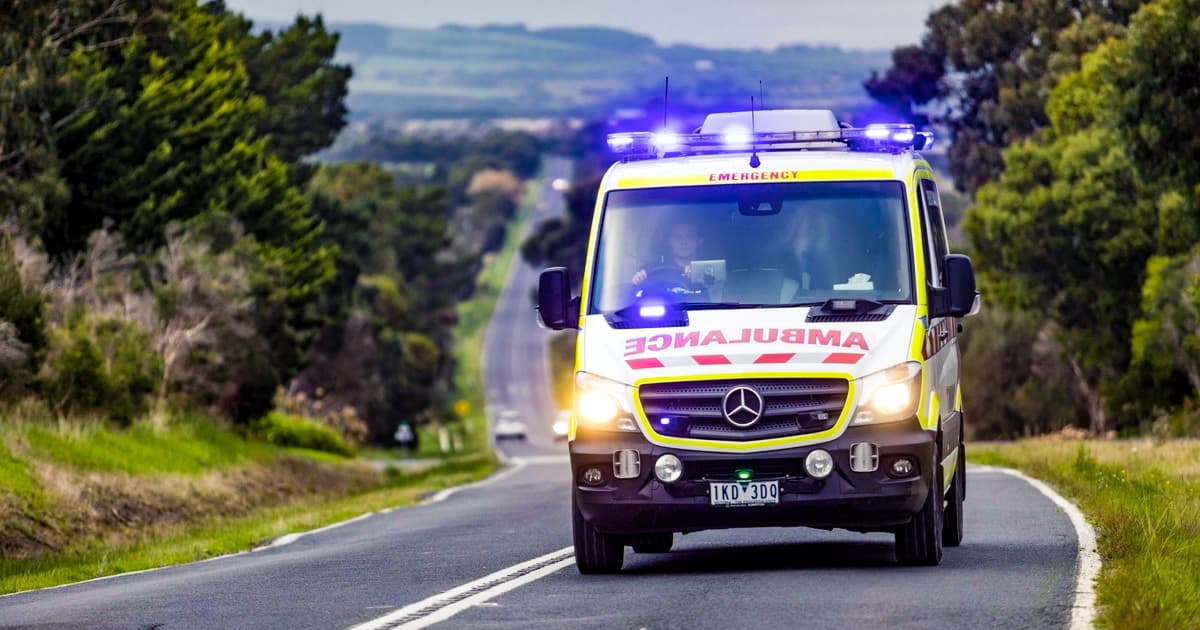2 min read
Ambulance Victoria Releases Data On Pandemic Response Times
EDITOR'S NOTE: Special thanks to Kinsie Clarkson (Pulsara's Product Marketing Specialist, 2020-2025) for writing today's blog post. You can connect with her on LinkedIn. __ The COVID-19 pandemic has...
